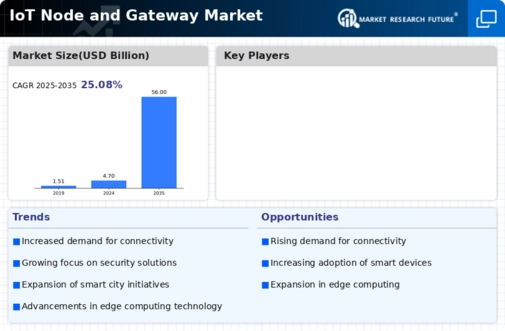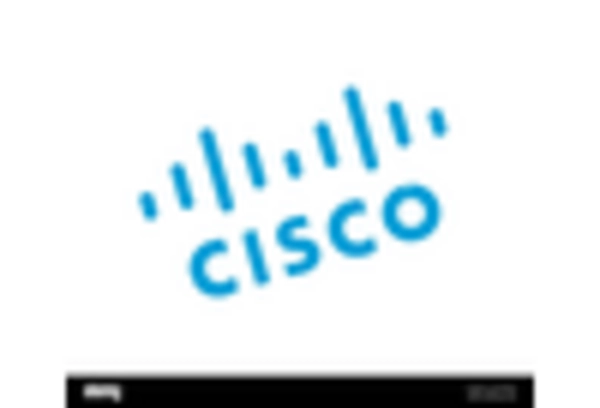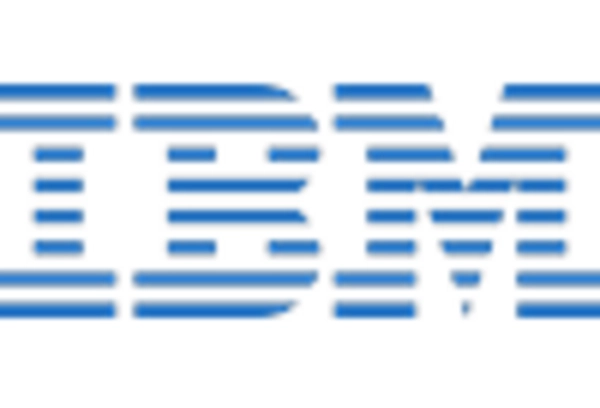Market Share
IOT Node Gateway Market Share Analysis
In the dynamic landscape of the Internet of Things (IoT) Node and Gateway market, market share positioning strategies are crucial for companies aiming to establish a strong presence and gain a competitive edge. One common strategy is differentiation, where companies focus on offering unique features and capabilities in their nodes and gateways. By providing innovative solutions that stand out in the market, companies can attract a niche audience seeking specific functionalities, thereby securing a distinct market share.
Price positioning is another key strategy employed by players in the IoT Node and Gateway market. Some companies opt for a cost leadership approach, aiming to become the most affordable option in the market. This strategy is particularly effective in attracting price-sensitive customers and gaining a significant share of the market volume. On the other hand, premium pricing strategies target customers who prioritize quality and advanced features, allowing companies to capture a share of the market that values superior performance and capabilities.
Market segmentation is a strategic approach wherein companies tailor their nodes and gateways to cater to specific industry verticals or customer segments. By understanding the unique needs and requirements of different sectors, companies can position their products as specialized solutions. This strategy enables them to penetrate specific markets deeply and establish a strong foothold, leveraging their expertise in addressing the distinct challenges of each segment.
Collaborative partnerships also play a vital role in market share positioning within the IoT Node and Gateway market. Companies often form alliances with other players in the ecosystem, such as sensor manufacturers or communication technology providers. These collaborations aim to create integrated solutions that offer comprehensive IoT capabilities. By aligning with strategic partners, companies can expand their market reach and provide end-to-end solutions, positioning themselves as key players in the interconnected IoT ecosystem.
Moreover, geographical expansion is a potent strategy in the market positioning playbook. Companies seeking to increase their market share may focus on entering new regions or countries where the demand for IoT solutions is growing. Adapting products to local needs and establishing a strong presence in emerging markets allows companies to tap into previously untapped customer bases, effectively expanding their market share on a global scale.
Brand positioning is another critical aspect of market share strategies in the IoT Node and Gateway market. Building a strong and reputable brand can contribute significantly to market dominance. Companies that invest in creating a positive brand image, emphasizing reliability, security, and innovation, can attract a loyal customer base. A well-established brand not only helps in retaining existing customers but also acts as a powerful differentiator when competing for new market share.
Additionally, continuous research and development (R&D) efforts are integral to maintaining a competitive market share. Companies that invest in R&D to enhance their product offerings with cutting-edge features and improved performance are better positioned to meet evolving customer demands. This commitment to innovation enables them to stay ahead of the competition and secure a larger share of the market by consistently delivering value to customers.









Leave a Comment